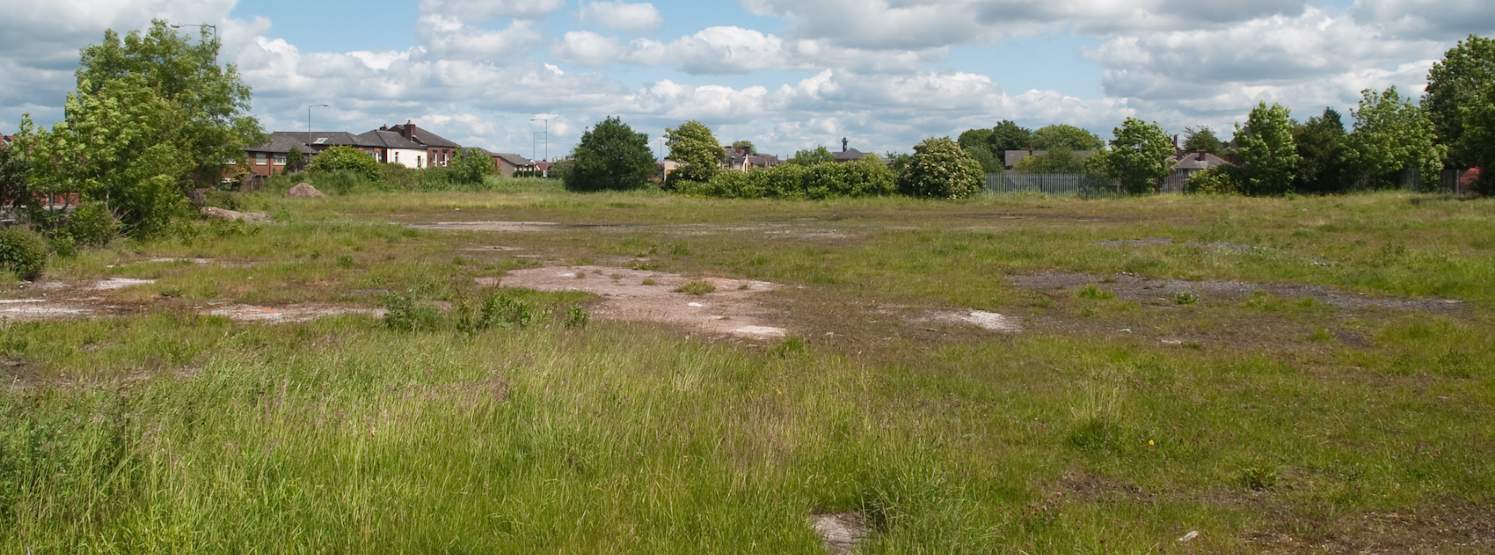In April 2017, the Government introduced regulations requiring local planning authorities (LPAs) in England to prepare and maintain registers of brownfield land, also known as ‘previously developed land’.
The purpose of a brownfield land register is to provide an up-to-date, publicly available list of brownfield land that is suitable for residential development in England. This is intended to provide more certainty for developers and communities and to encourage investment in local areas.
Registers are supposed to include all brownfield sites suitable for residential development irrespective of their planning status. An LPA is required to review its register at least once a year.
A brownfield land register is divided into two parts.
Part 1 is mandatory and should list all brownfield sites in a local authority area which are suitable for residential-led development. All sites must meet the definition of ‘previously developed land’, as set out in the glossary to the National Planning Policy Framework, and must be:
- Suitable – the land is considered appropriate for residential development by the LPA
- Available – there is no barrier to development in terms of either ownership issues or legal constraints on the land
- Achievable – the land is likely to be developed within 15 years of being entered on the register.
The brownfield land register must include all sites meeting these criteria and are at least 0.25 hectares in area or capable of supporting at least five dwellings.
Part 2 of the brownfield land register comprises sites deemed by the LPA as suitable for residential development. Following this, the allocated brownfield sites are granted Permission in Principle (PiP) for residential-led development.
PiP demonstrates that the fundamental principles of development (use, location and amount of development) are accepted by the LPA. This is not the same as obtaining planning permission, as development cannot proceed until further consent has been obtained on technical details.










.jpg)